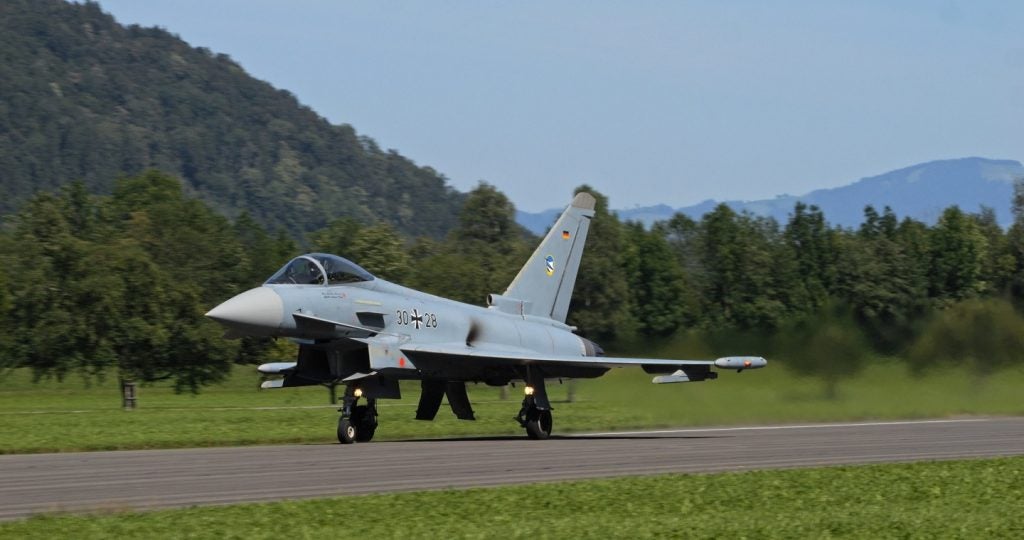Science Applications International (SAIC) has received a task order to support the US Space Force (USSF) in modernising the country’s global positioning systems (GPS) programme.
The $390m task order was awarded by the US General Services Administration (GSA) on behalf of USSF/Space Systems Command.
The scope of the contract involves providing systems engineering and integration services for the GPS programme.
The order comes under GSA’s One Acquisition Solution for Integrated Services (OASIS) government-wide, multiple-award, indefinite-delivery/indefinite-quantity (IDIQ) contract.
The contract has a base period of ten months, followed by six one-year option periods and a final six-month option period.
SAIC National Security and Space Sector president Michael LaRouche said: “As the US Space Force completes the modernisation of the GPS Programme of Record, SAIC helps ensure success for the benefit of both the civil and military user communities.
How well do you really know your competitors?
Access the most comprehensive Company Profiles on the market, powered by GlobalData. Save hours of research. Gain competitive edge.

Thank you!
Your download email will arrive shortly
Not ready to buy yet? Download a free sample
We are confident about the unique quality of our Company Profiles. However, we want you to make the most beneficial decision for your business, so we offer a free sample that you can download by submitting the below form
By GlobalData“This award allows SAIC to continue our role as an integrator of critical capability to space missions.”
As agreed, SAIC will support the Space Systems Command’s GPS programmes of record along with its positioning, navigation and timing (PNT) enterprise. The company will also support future PNT planning.
PNT enterprise is a system of systems comprising ground infrastructure, space vehicles and other GPS military user tools.
It represents a crucial component of the nation’s critical infrastructure to support military, civil and commercial applications.
The support SAIC will provide for the programme includes developing operational and capabilities-based requirements, establishing system engineering processes, providing planning and architecture development, and leveraging digital engineering innovation.
The company will also plan and execute the enterprise; perform integrated system and cybersecurity tests, evaluations and verifications; as well as develop enterprise schedules for system and capability delivery.
Furthermore, SAIC will support the existing GPS systems and the transition to future GPS systems.






